Brasher Doubloons, minted in 1787, stand out as extraordinary pieces of American numismatic history. Known for their rarity, intricate design, and high value, these coins symbolize early American craftsmanship and the ambition of the newly formed nation. In this article, we’ll explore the origins, unique features, and legacy of Brasher Doubloons, including recent auction records and historical significance.
Origins of the Brasher Doubloons
This Article Includes [hide]
The Brasher Doubloons were struck in Philadelphia in 1787 by Ephraim Brasher, a skilled goldsmith and silversmith from New York. Brasher had a vision of creating high-quality coins that could be used for trade. His coins were meticulously designed to reflect the prosperity and independence of America. As a unique piece of early American coinage, the Brasher Doubloons have become prized collectibles, not only for their beauty but also for their rarity.
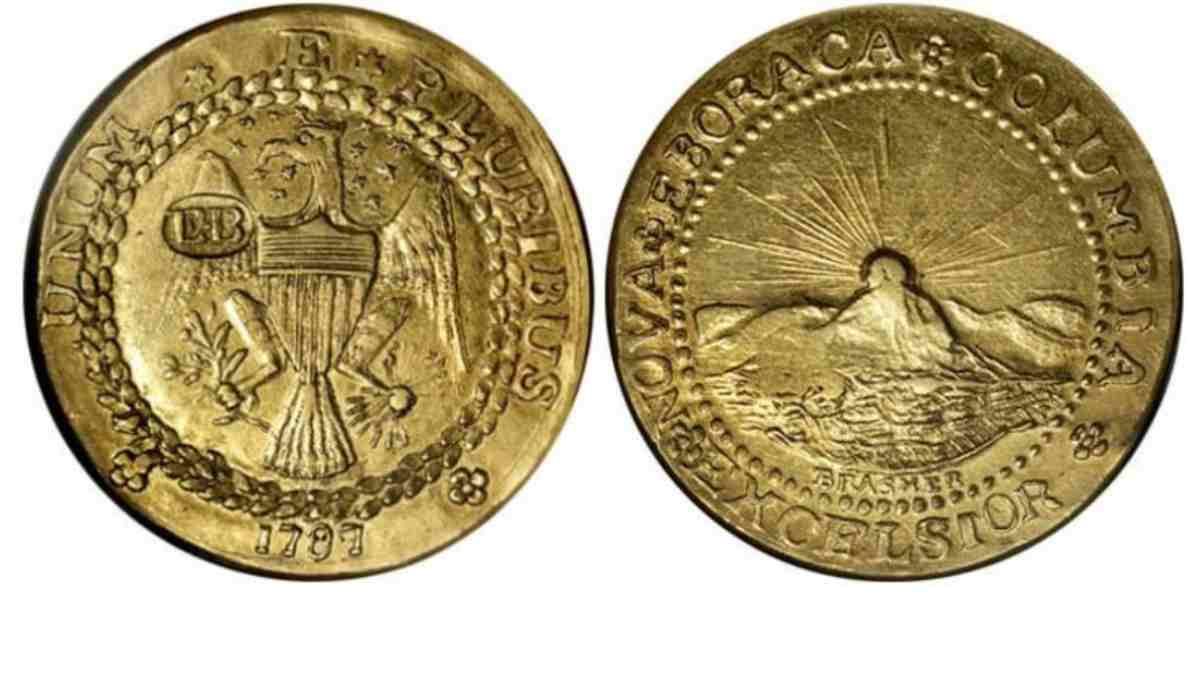
Known Specimens and Their Rarity
Brasher Doubloons are exceedingly rare, with only six known specimens in existence bearing Brasher’s “EB” hallmark stamped on the eagle’s right wing. This mark signifies Brasher’s personal authentication of the coin’s gold content and quality. However, not all six coins are in pristine condition; only two are considered to be in a high-grade, well-preserved state. The most renowned of these is the Garrett piece, which is widely regarded as the finest example of the Brasher Doubloon.
Record-Breaking Auctions: A Legacy of Value
Brasher Doubloons have repeatedly set records at auction. The Garrett specimen initially sold for $725,000 in 1979 and skyrocketed to $2,415,000 in 2005, emphasizing its increasing value and appeal among collectors. In 2021, another Brasher Doubloon reached an astounding price of $9,360,000, setting a new record for American coins. This auction, conducted by Heritage Auctions, highlighted the significant appreciation of these coins over the decades and solidified their reputation as classic rarities.
A Historical Gem: The Importance of the 1787 New York Brasher Doubloon
The 1787 New York Brasher Doubloon holds a special place in American numismatic history, often hailed as “the most important and valuable coin in the world” by experts like Henry Chapman and Q. David Bowers. This statement underlines the esteem in which the coin is held, not only for its material worth but for its symbolism as an artifact of America’s early financial independence.
Brasher’s work extended beyond the Doubloon to a unique Half Doubloon, adding another layer of intrigue to his numismatic legacy. The rarity of these coins, coupled with Brasher’s masterful craftsmanship, continues to fascinate collectors and historians alike.
Coin Design: An Artistic Representation of Early America
The Brasher Doubloon features intricate design elements on both its obverse and reverse.
Obverse (Heads Side): A Sunrise Over New York
The obverse of the Brasher Doubloon depicts a striking image of the sun rising over three mountains, with the ocean below—a symbol of hope and new beginnings. The Latin legend surrounding the scene reads, “NOVA EBORACA COLUMBIA EXCELSIOR,” translating to “New York in America, Ever Upward.” This inscription represents the aspirations of the new nation, embodying ideals of progress and prosperity.
Reverse (Tails Side): The Heraldic Eagle
The reverse side features a heraldic eagle, reminiscent of the Great Seal of the United States, holding an olive branch and arrows. Below the eagle, the Latin motto “UNUM E PLURIBUS” (One Out of Many) symbolizes unity among the original colonies. The eagle and motto further emphasize the themes of strength and independence woven into Brasher’s coin design.
A Classic Rarity That Endures
The Brasher Doubloons are not just coins; they are treasures of American history, capturing the essence of a formative period in the nation’s past. Their limited number, unique design, and high auction prices speak to their value and significance. From collectors to historians, the Brasher Doubloons continue to inspire fascination, as they represent the vision, artistry, and pioneering spirit of early America.

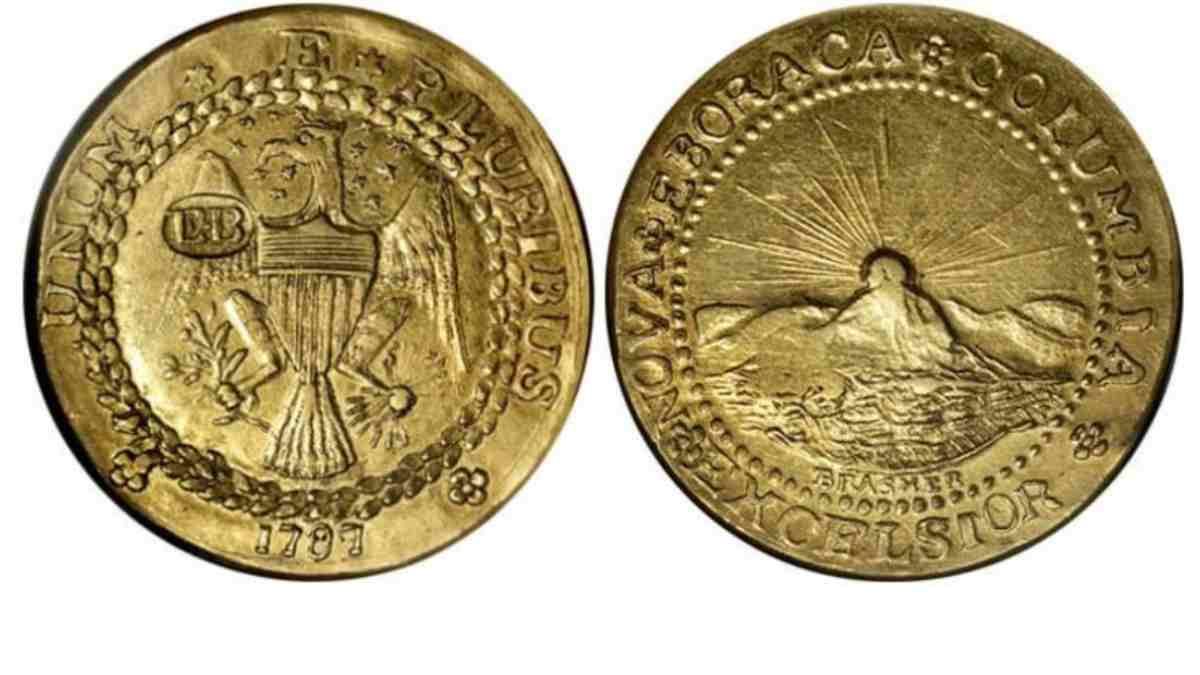
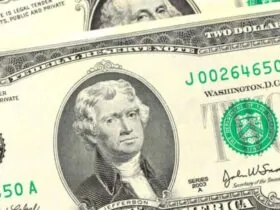




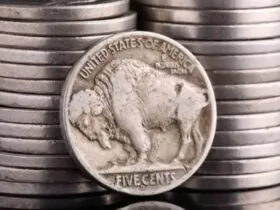
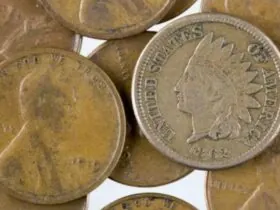

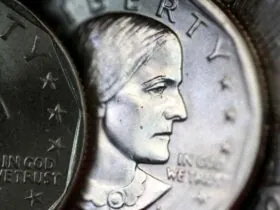
Leave a Reply